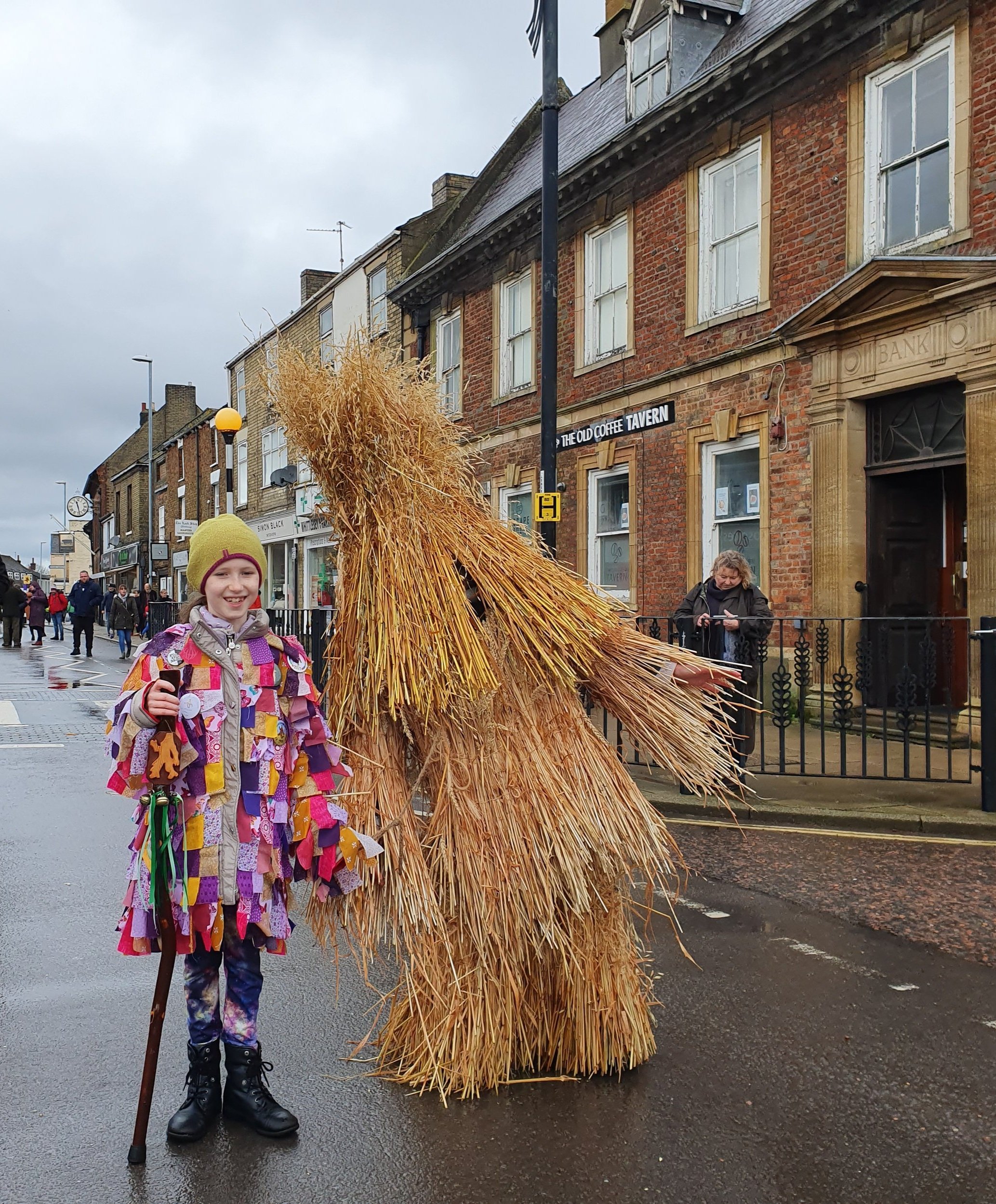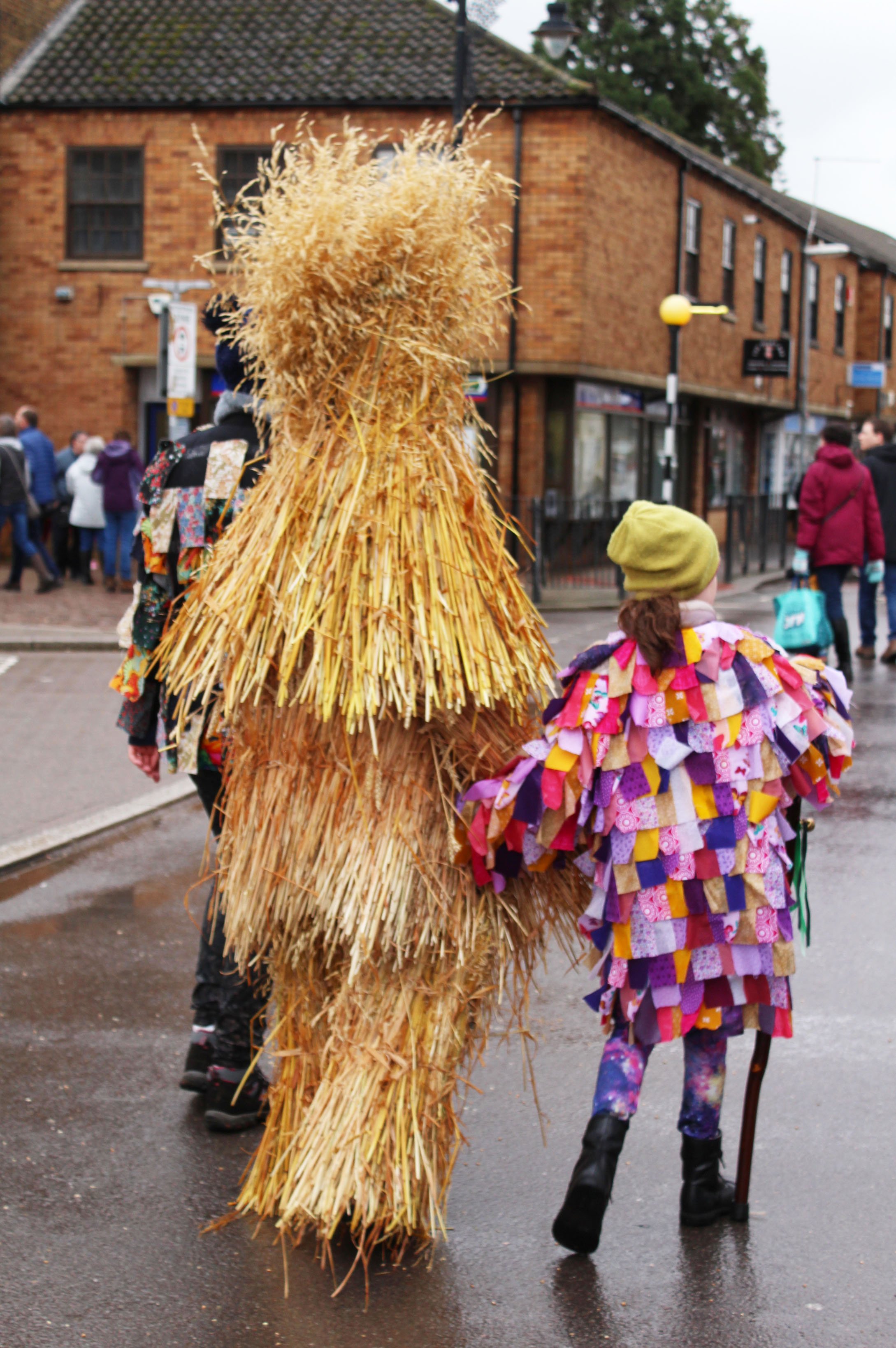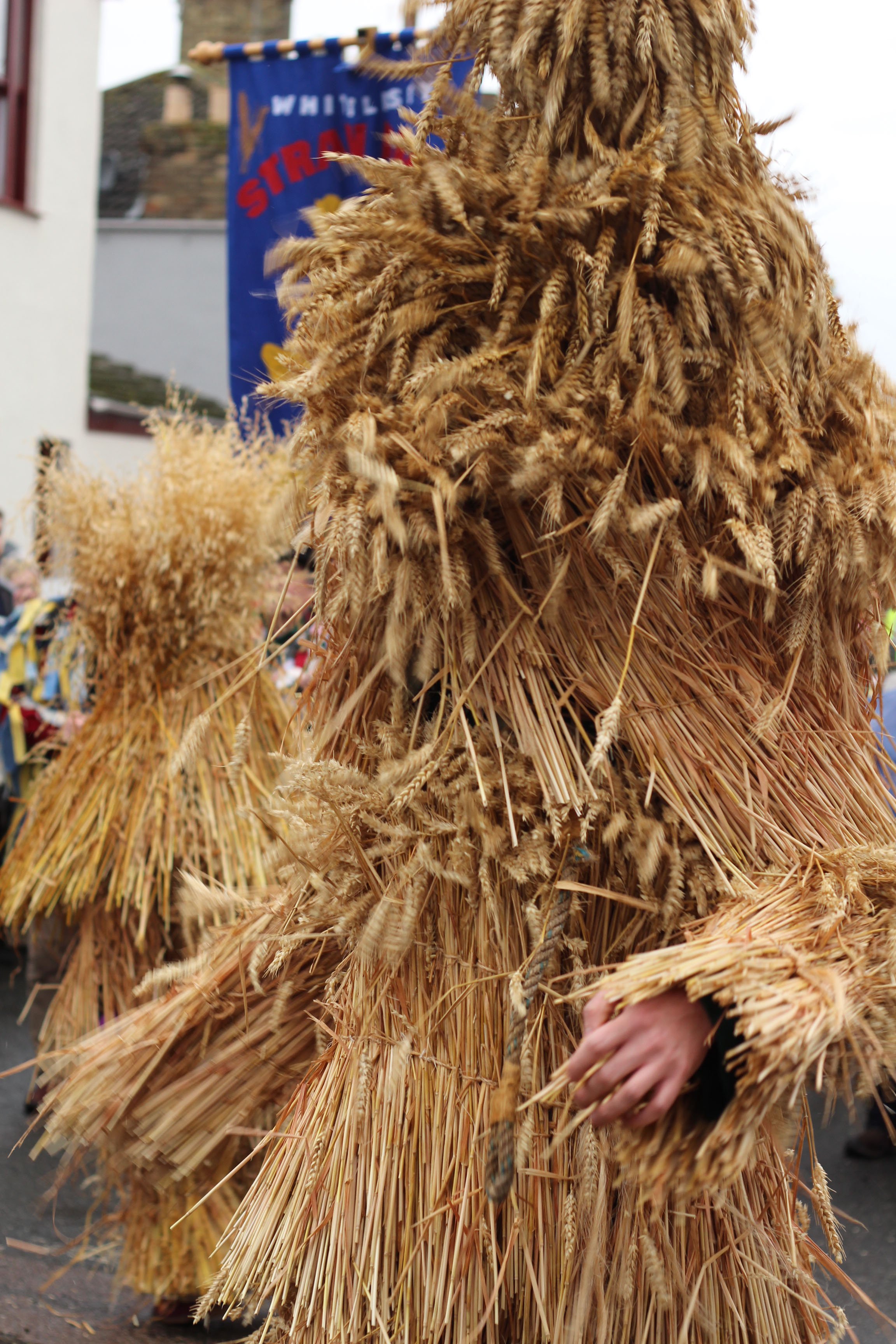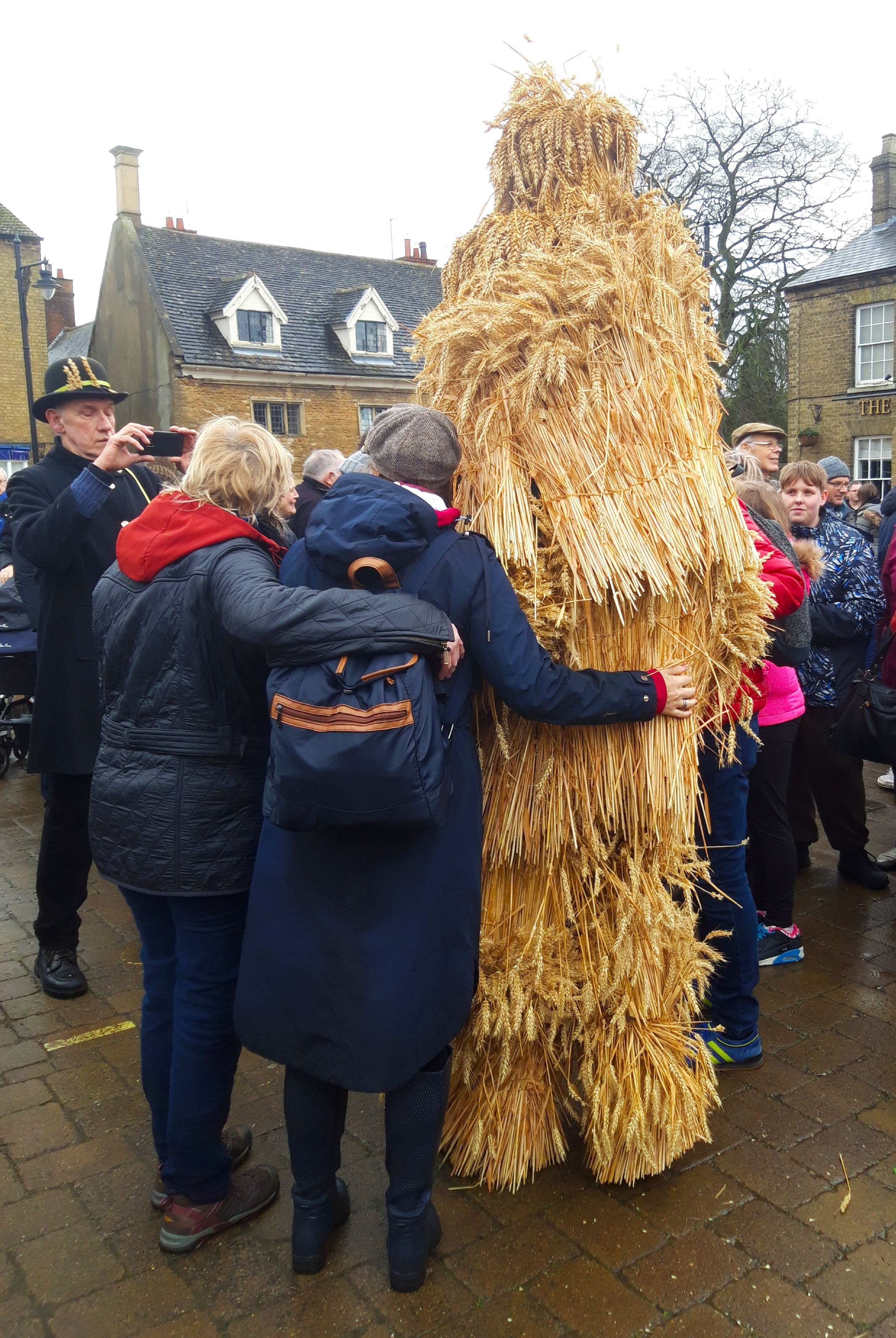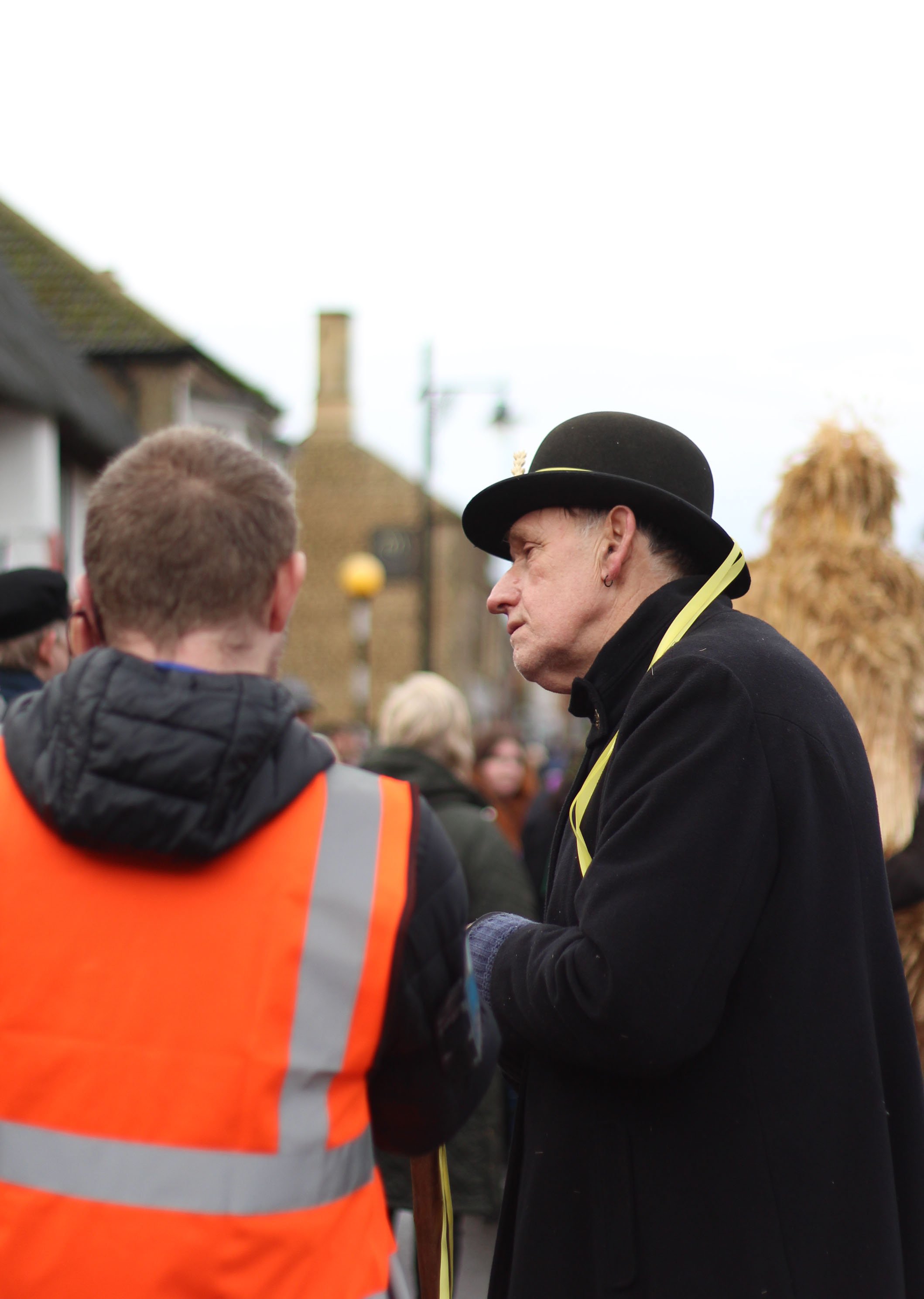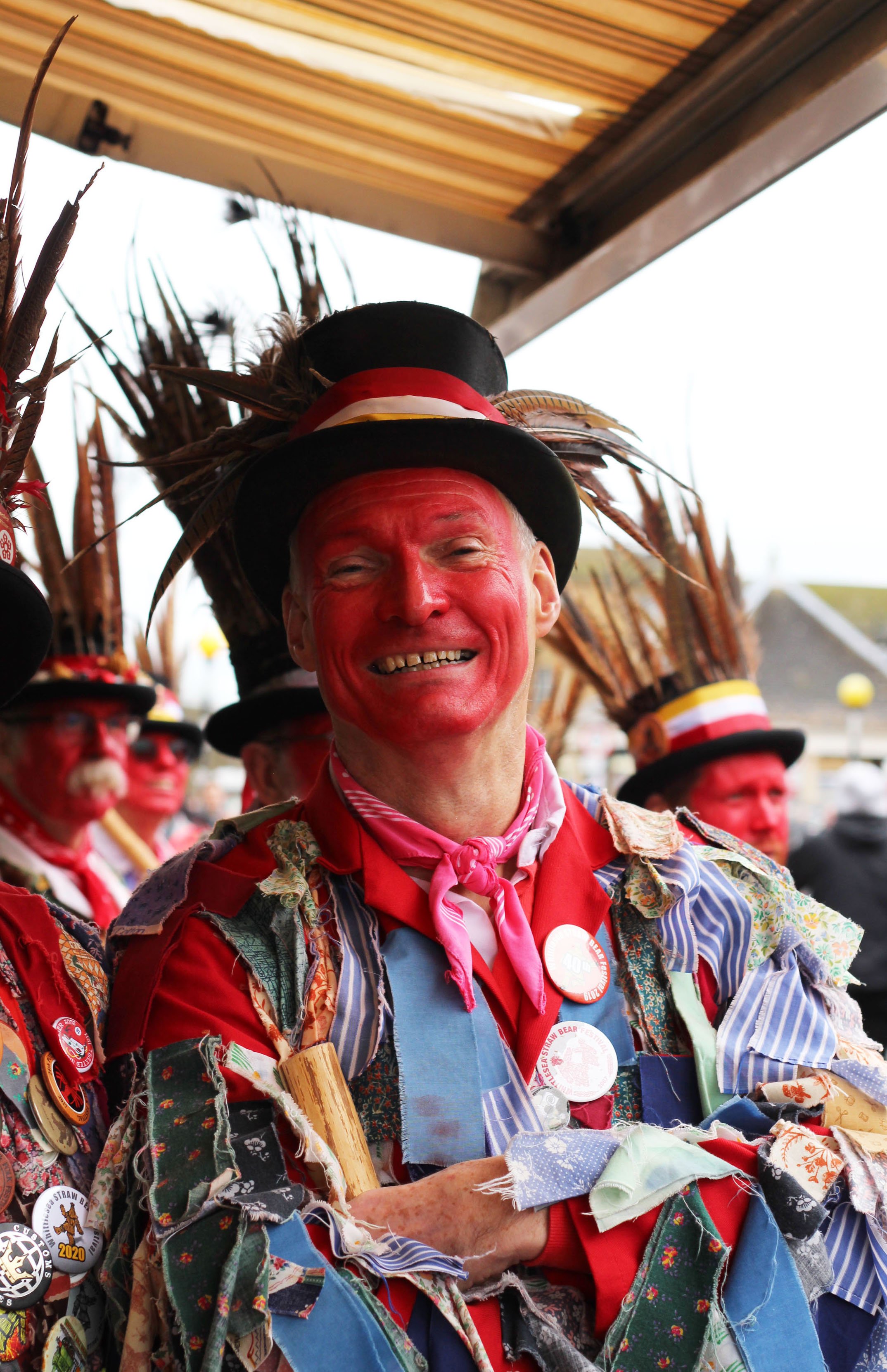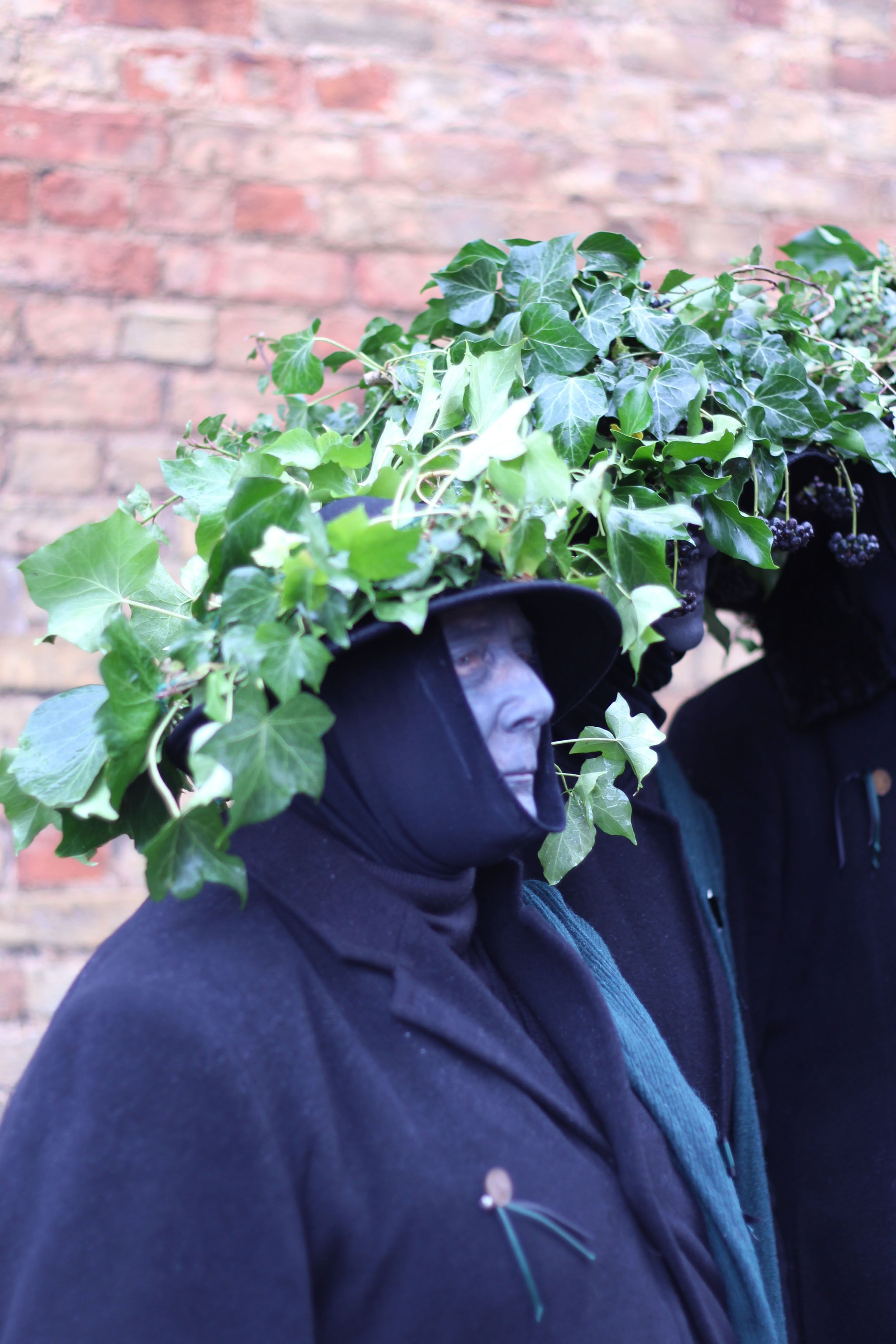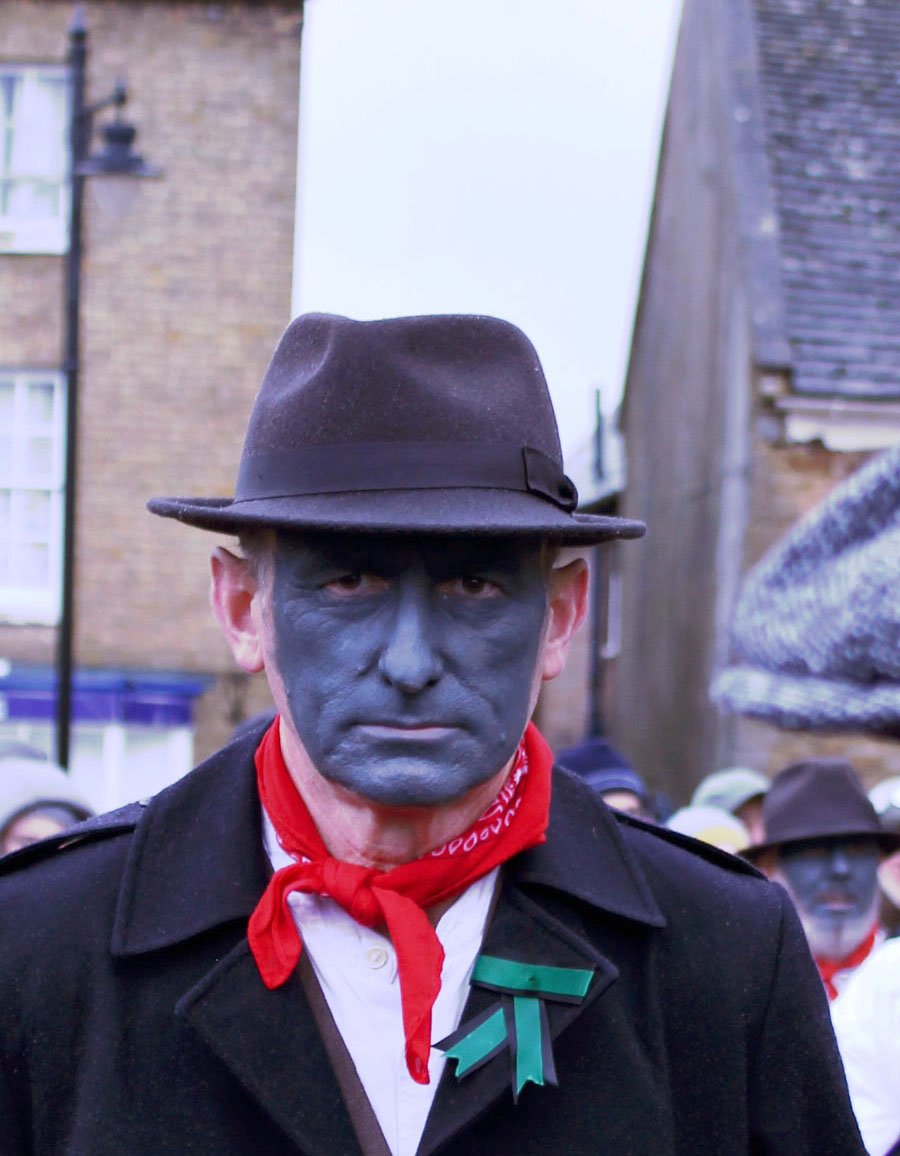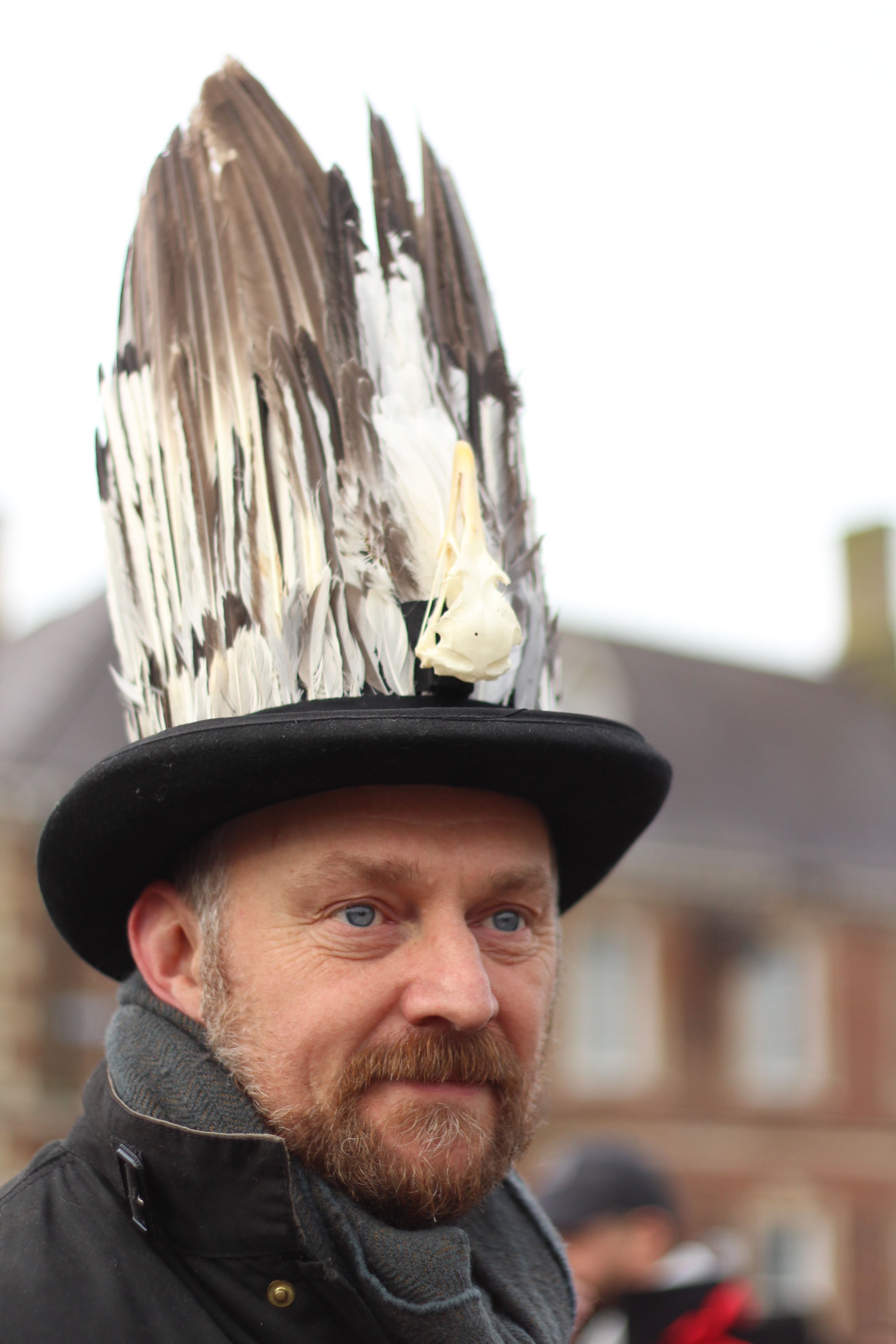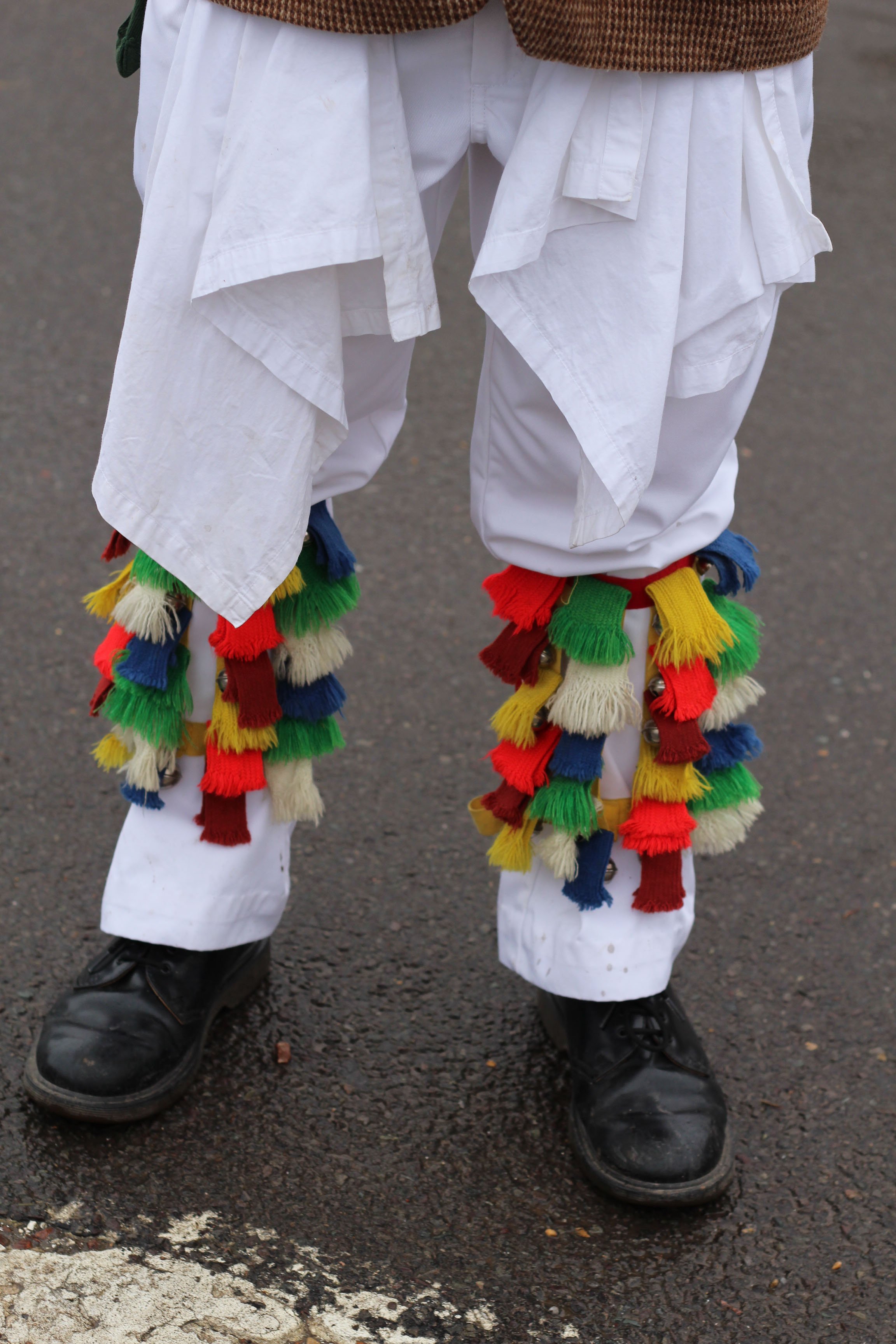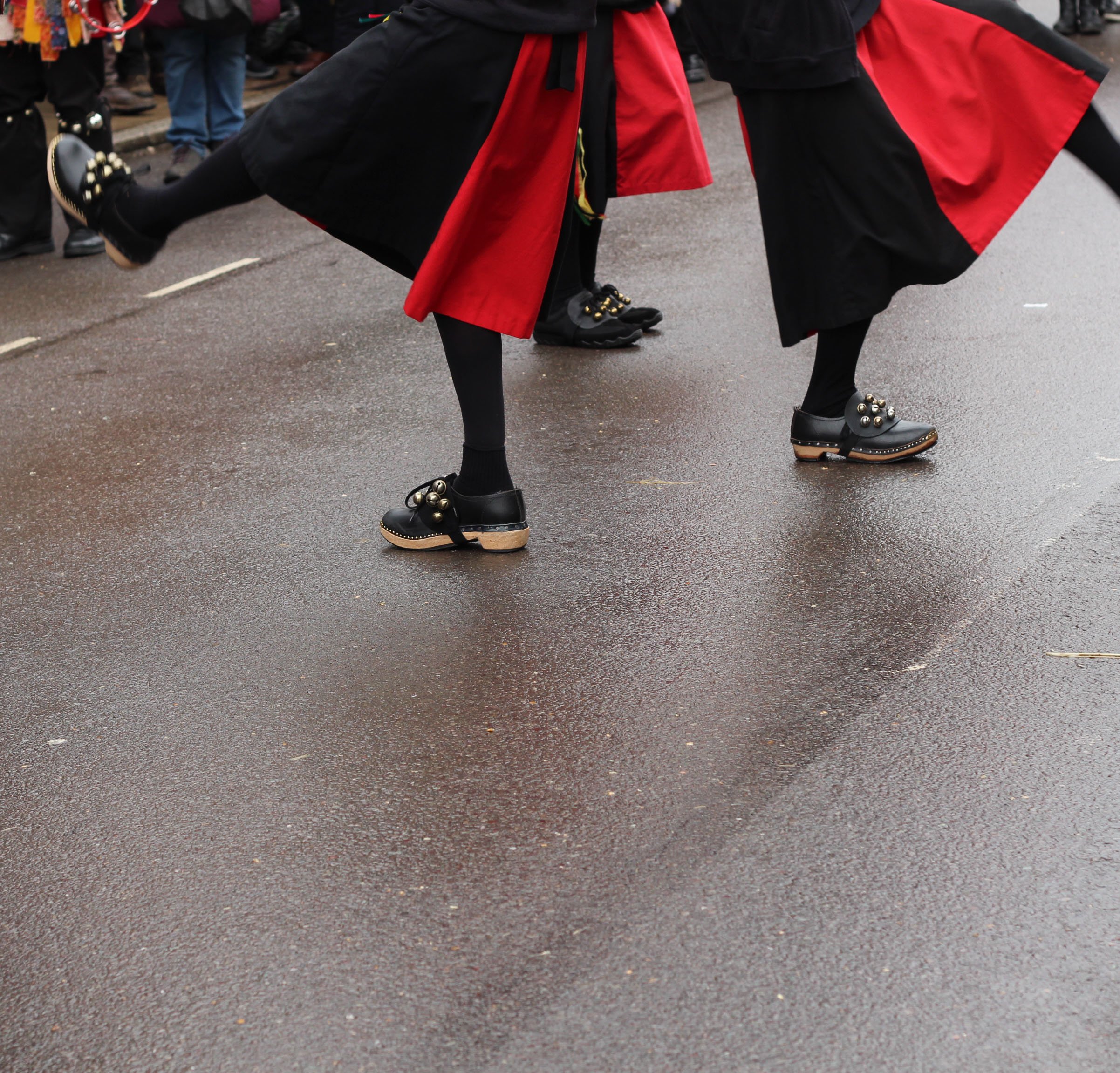The Straw Bears of Whittlesea
Pictured below is one of the celebrated Straw Bears of Whittlesea. Last weekend we made a pilgrimage up to the Fenlands of Cambridgeshire to the witness these peculiar beasts on their annual outing. They make an appearance each January, just after Plough Monday - the start of traditional the agrarian year. This was the bleakest time of the year for agricultural labourers and the Bears would dance for money, food and beer.
The origins of the Bears are vague, but descriptions from the nineteenth century tell of them having…
“…great lengths of tightly twisted straw bands prepared and wound up the arms, legs and body of the man or boy who was unfortunate enough to have been chosen. Two sticks fastened to his shoulders met a point over his head and the straw wound round upon them to form a cone above the "Bear's" head. The face was quite covered and he could hardly see. A tail was provided and a strong chain fastened around the armpits. He was made to dance in front of houses and gifts of money or of beer and food for later consumption was expected. “
(Whittlesea Straw Bear)
There were two Bears out and about last weekend. The little one (below left) has a coat of oat straw whilst its larger companion (below right) has one of wheat. Through the day they are led about the town, and from time to time dance for the gathered onlookers.
The Bears are led through Whittlesea on a rope by their ‘keepers’. The little oat Straw Bear is accompanied by a young rag-coated companion, whilst the handler of the big wheat Straw Bear below sports a distinguished black coat and bowler trimmed with a ribbon and an ear of wheat.
The tradition of Straw Bears fell into decline towards the end of the nineteenth century, and the practice - which was seen as begging - was stamped out at that start of the Twentieth century,
Happily the custom of Straw Bears were revived in 1980 by the Whittlesea Society and the Bears now share the limelight with troops of Morris, Molly, Clog and Sword dancers who perform throughout the town.
Here are the men of the Red Leicester Morris troop bedecked in their winter finery of rag coats, pheasant feathers and red faces.
Below are some of the unsmiling indigo-faced folk of ‘Old Glory’ - a Molly Dance troop from East Suffolk. Theirs is an peculiar and slightly menacing dance performed in hob-nailed boots - part hugging, part wrestling, all extraordinary.
Folk everywhere were dressed in their finest. The blue-eyed fellow below had made his hat from the feathers and skull of a gull he had found washed up on a local beach.
There is a tribe here for everyone - from the traditionalists through to the post-modernists. The customs and rituals are part-remembered and part reinvented - a joyful cacophony of bells and tassels, and a riotous celebration of the local, the particular and the peculiar.
With thanks to the Whittlesea Straw Bear

